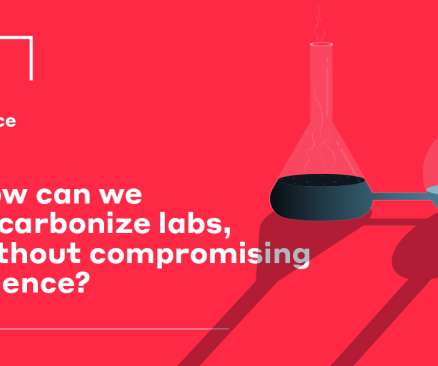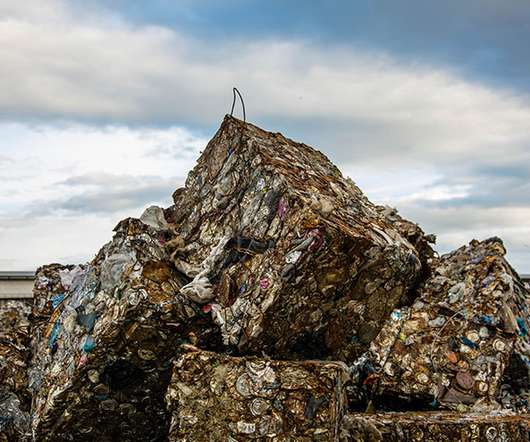How Can We Decarbonize Labs, Without Compromising Science?
3BL Media
JANUARY 31, 2022
Cognizant of the need to reduce carbon emissions, one such lab, a WSP client, “is constantly evolving, being more efficient and looking at ways to reduce water and energy consumption,” says Leslie Gartner, senior VP of science and technology design, based in Atlanta. But the number one criterion there is not energy efficiency.












Let's personalize your content